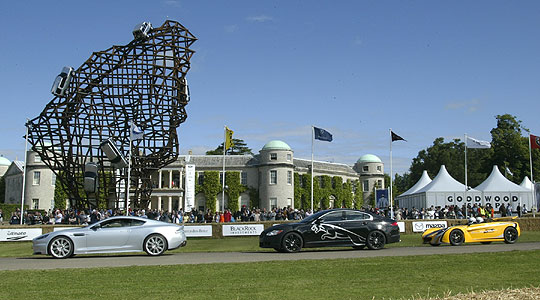
Britain’s Grand Prix ace may have been billed as the star of the show but, for most of the 140,000+ spectators, the cars and a galaxy of veteran drivers shared top billing with McLaren’s joint World Championship leader.
This year’s theme was a celebration of the British love affair with motorsport. Mike Hawthorn won the Formula 1 Drivers' Championship in 1958 and, with young Hamilton carrying the nation’s hopes 50 years on in 2008, it was time for a weekend-long party commemorating home-grown automotive genius.
Such is the celebrity of Lewis Hamilton that even his arrival at the Cartier Style et Luxe enclosure turned some of the coolest heads. McLaren and arch-rival Ferrari had fun demonstrating their F1 cars and for most of the public it was a chance to get a really close look at a modern F1 car, lumpy and bumpy from aerodynamic addenda in extremis.
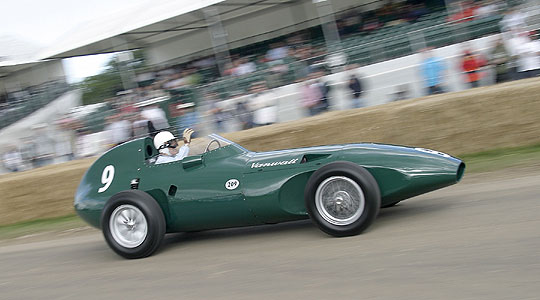
Knobbly or not, the eyeball-arresting paint-schemes and screaming engines of contemporary Grand Prix cars, just a few feet away behind straw bales, are an experience to savour. Moving back to a smoother era, when ‘if it looked right, it was right’, you could take your pick of earlier single-seaters from Vanwall, Lotus, Lola (celebrating its 50th this year) et al.
A clever theme was ’40 Years of Formula 5000’. Forever the ‘poor man’s F1’, the V8-powered single-seaters provided some earth-shattering entertainment in the late-60s and early-70s. Big engines and even bigger sideburns and flairs – that’s the way I remember it, anyway. Lola was a big player in this market and, as part of its birthday celebrations, David Hobbs drove an F5000 1972 T332, as well as the monstrous Can Am T310. The red/white arrow Team Surtees T70 Spider looked gorgeous, while Paul Stewart (son of ‘JYS’) drove the car in which his father finished 18th at Indianapolis in 1967, the Lola T90.
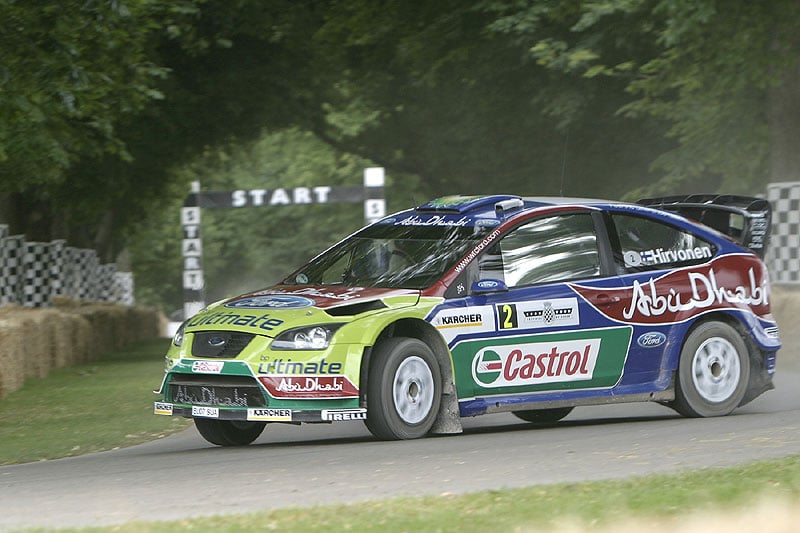
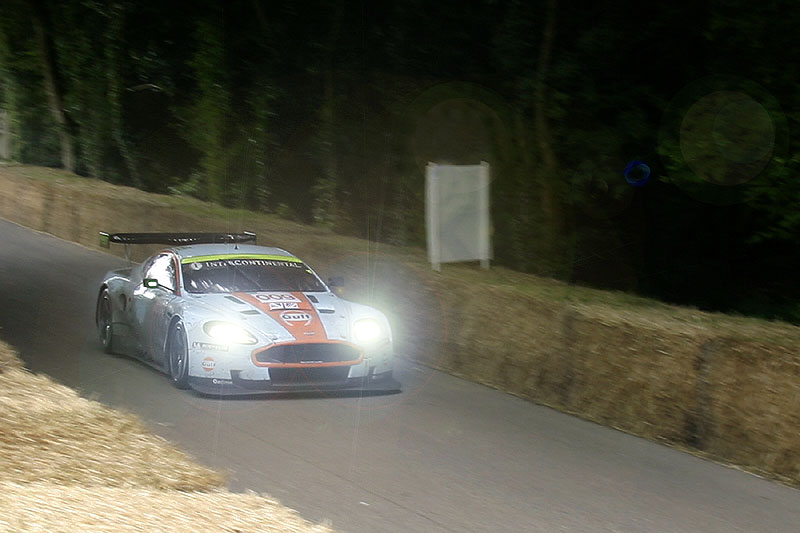
Saloons, rally cars (on the Goodwood special stage, as well as the hillclimb) and long-distance sports cars from the 50s right up to this year’s Le Mans 24 Hours: all had their place in the accessible paddock and up the Hill. Some cars were timed – I’ve never quite worked this out – and some weren’t, and for those in the competitive classes, the going was tough.
Hot driver of the weekend was Justin Law in the Silk Cut-liveried 1990 Jaguar XJR12. My goodness, was he fast! Tailed by Anthony Reid in the 1980 Williams-Cosworth FW07, the young driver hurled the big Jaguar up the hill in an incredible display of car control. Law’s 44.19sec just beat the flying Reid’s 44.58 on Sunday to take fastest time of the weekend.
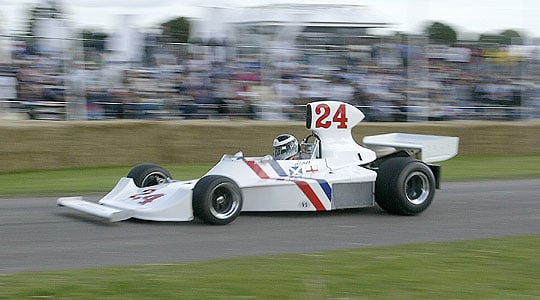
I’d like to have set a stopwatch on Jochen Mass, though. Driving the Porsche Museum’s 1100bhp Sunoco 917/30, the vastly experienced German, whose enthusiasm for Goodwood knows no bounds, was really stepping on it. Other drivers of note in the Wakefield ‘Cor! That looks quick!’ category included Klaas Zwart (Ferrari 412 T2) and Manfredo Rossi de Montelera (Martini Brabham-Cosworth BT42).
Motorcycle enthusiasts were well catered-for with iconic machines such as Mike Hailwood’s TT Ducati and several tiny-engined Hondas, including the recreated – wait for it – 297cc six-cylinder RC174, as raced in 1967. The Supercar Run featured as many 200mph exotics as you could shake a stick at, including the Aston Martin V12 Vantage RS.
You can read about the Bonhams auction elsewhere on Classic Driver, and we’ll be reporting on the Cartier Style et Luxe in a separate feature in weeks to come.
Meanwhile, our intrepid Associate Editor has been up the Hill in Something Old and Very Famous...
Charis Whitcombe writes:
In the days when Grand Prix cars still had two seats, a riding mechanic would squeeze into the tiny second space next to the driver and hang on for dear life. I don’t know what the mechanics' average life-expectancy was; but I bet it focused their minds when preparing the cars. They had jobs to do en route, too, such as pumping up the fuel pressure via the floor-mounted pedal. So, when we saw Tony Dron, seated in the 1906 Mercedes GP car ready for his run up the Hill – alone and without a riding mechanic – well, it was all we could do, really, wasn’t it?
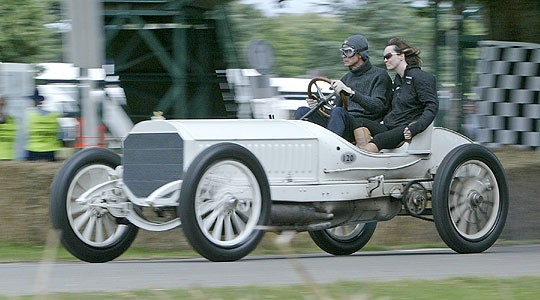
I was shown the fuel-pressure pedal to pump and the leather strap to hang on by but, since the Maybach-designed Mercedes is 102 years old, I didn’t expect speed… That, however, was discounting the astonishing torque of the 11-litre, six-cylinder, overhead-cam engine. How Maybach got it to work reliably with that enormous camshaft perched on top of the separate cylinders remains a matter of some wonder – but he did. On a long flat stretch, this car would get close to 100mph. That’s one hundred miles per hour in a car that’s more than one hundred years old. Hmmm.
At Goodwood, the age of the car really only hits you on the way back down the inconveniently steep hill. Dron’s commendable hauling on the large lever operating the rear drums (no brakes at all on the front) created a less-than-satisfactory retardation. In his own words, it was “rather more alarming than the Cresta Run”. But we survived intact and, more importantly, so did the car.
Finally, I have been asked to refer to the fact that the driver’s racewear is not, in fact, an old woolly gardening jumper but a precise recreation of that worn by Mercedes factory driver, Christian Lautenschlager, in the 1908 GP. A typically stylish touch provided by Mercedes-Benz Classic. (I only wish I’d swopped my anachronistic sunglasses for a good pair of antique goggles.)
Text: Steve Wakefield / Charis Whitcombe
Photos: Roger Dixon - all strictly copyright. For further information please visit www.rogerdixonphotography.com
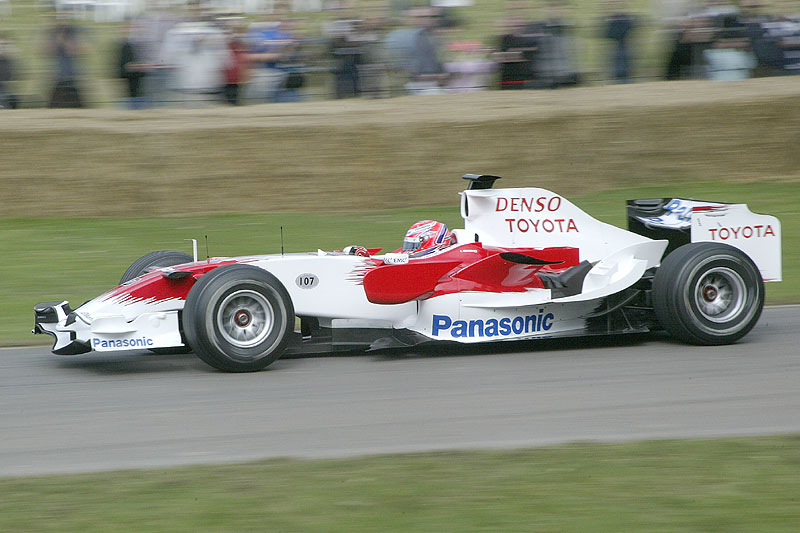
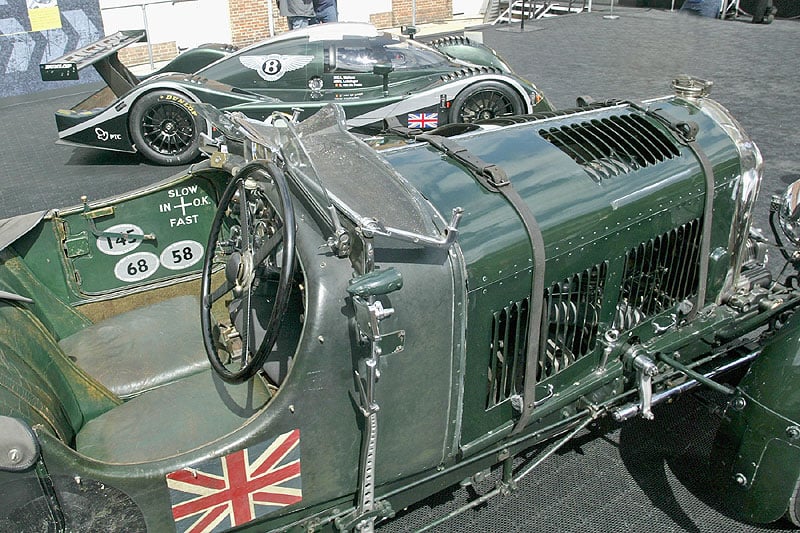
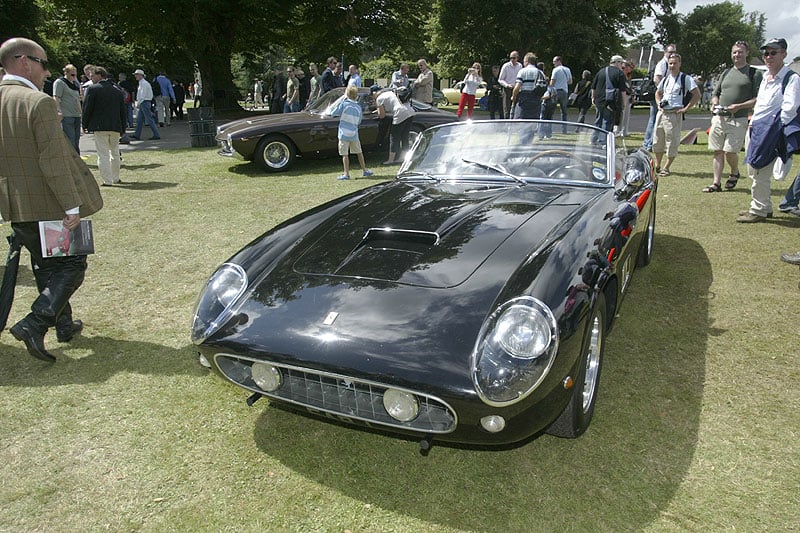
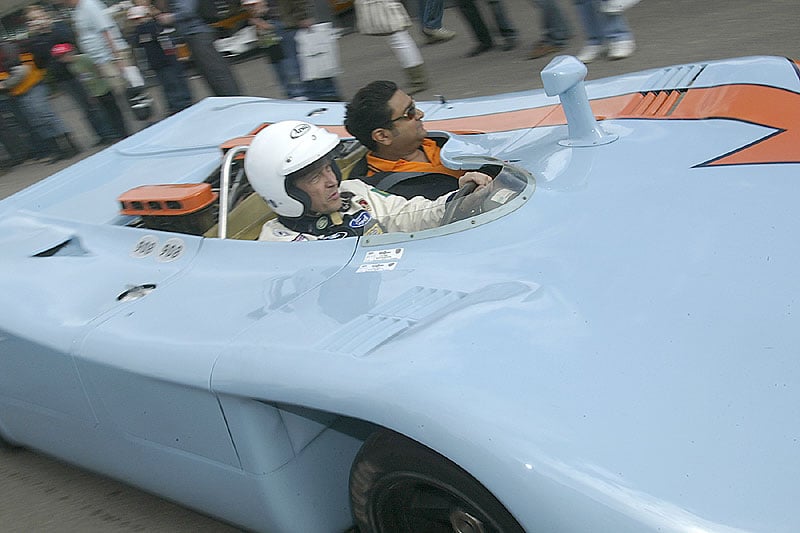
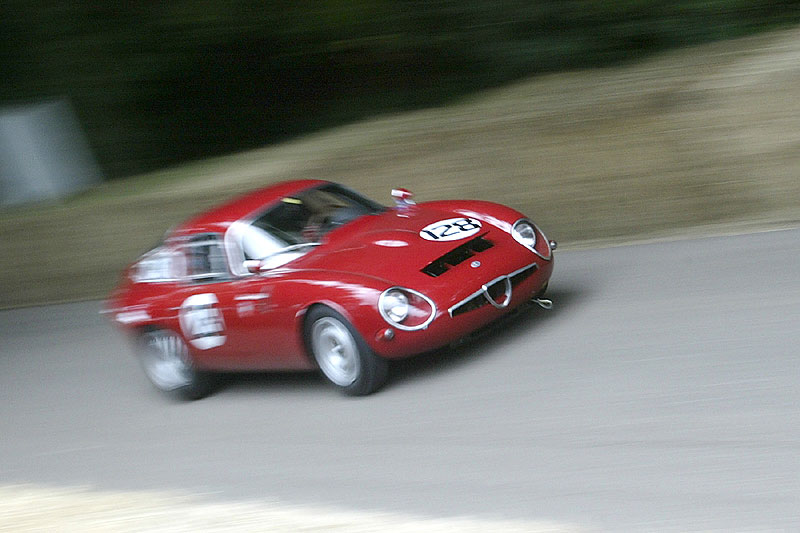
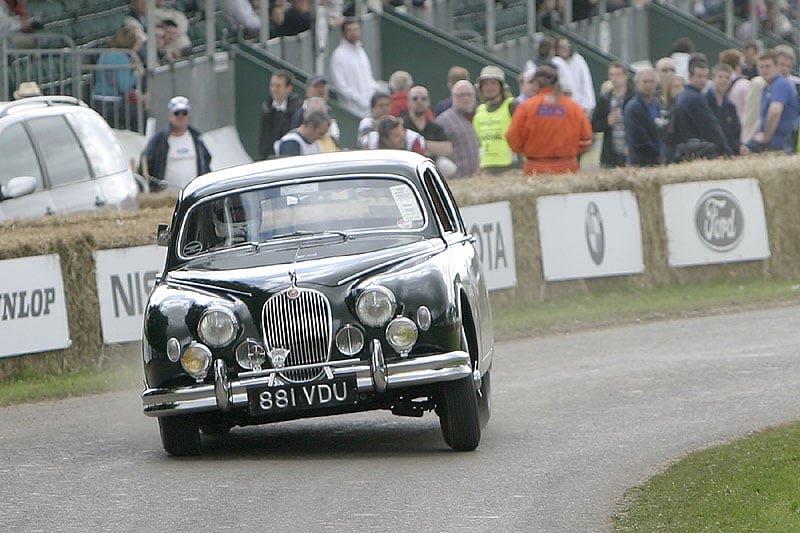
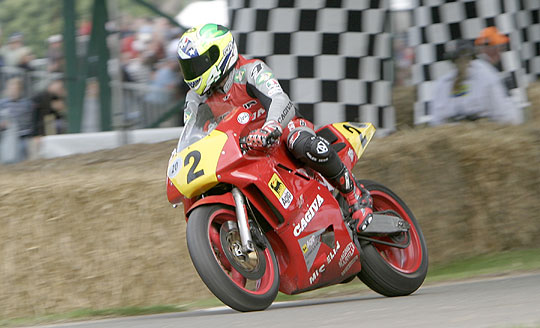
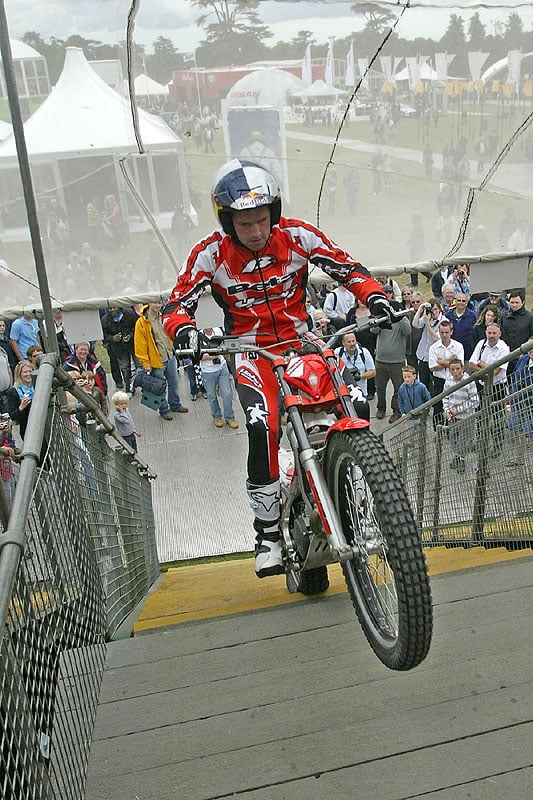
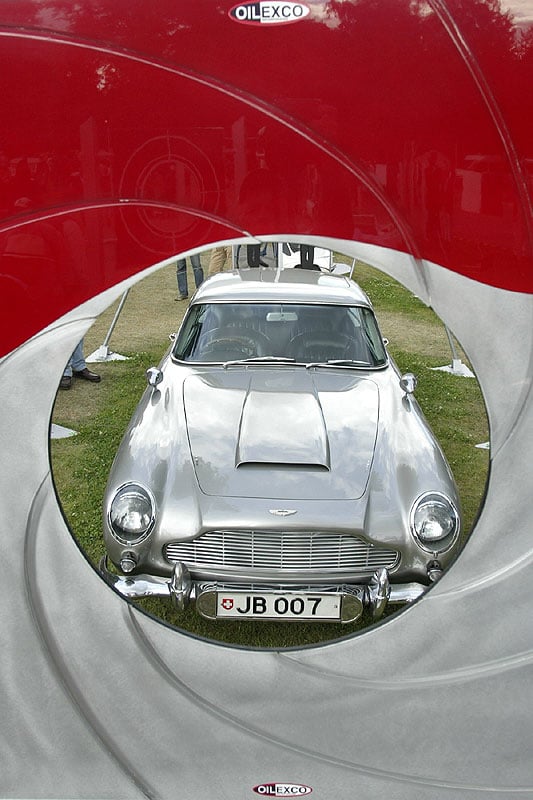
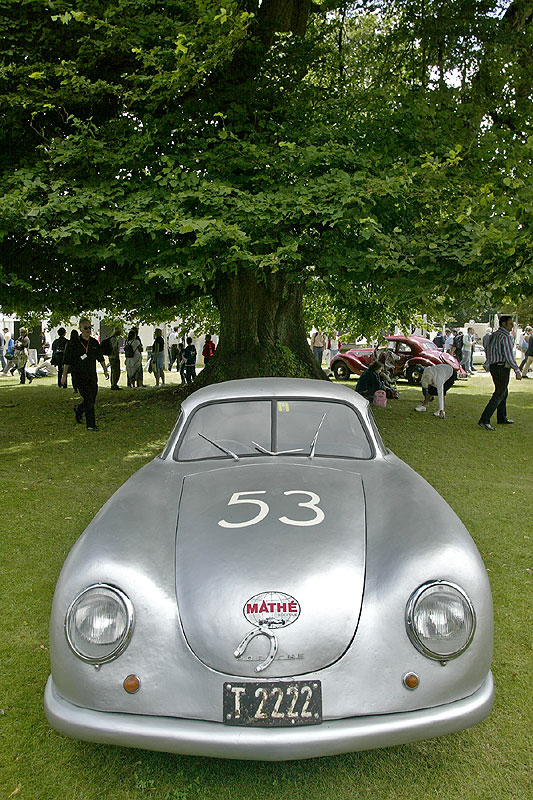
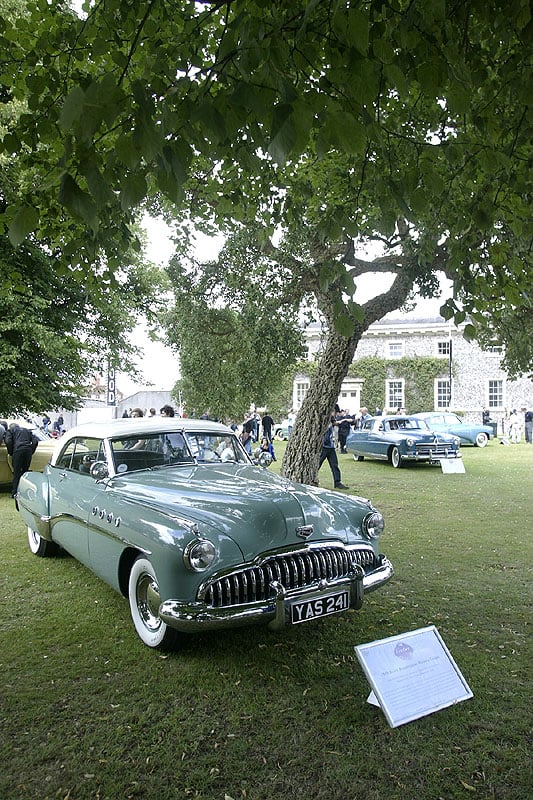
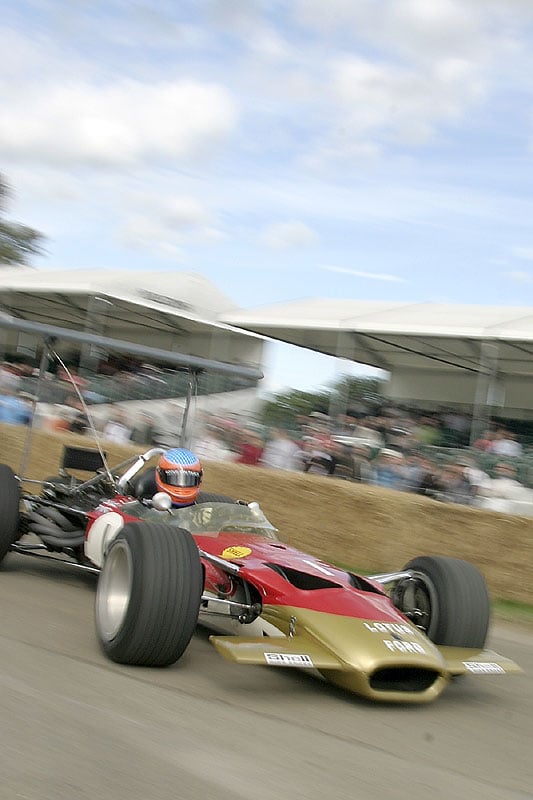
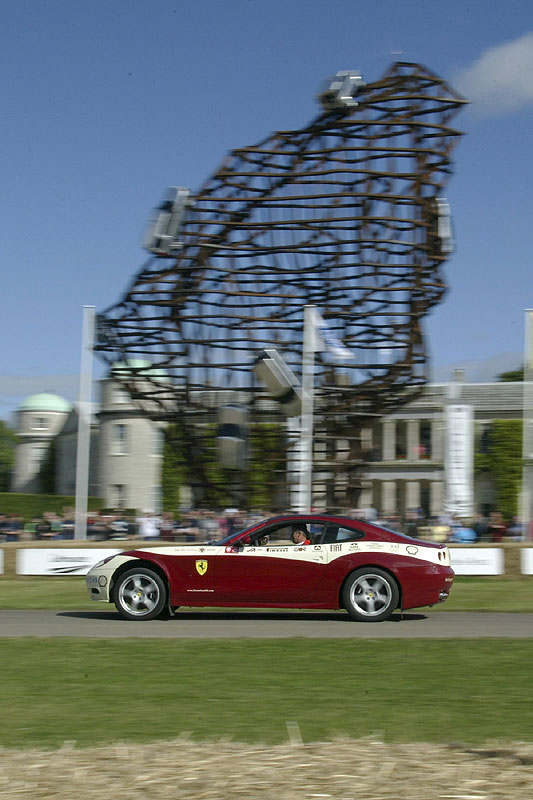
ClassicInside - The Classic Driver Newsletter
Free Subscription!



















